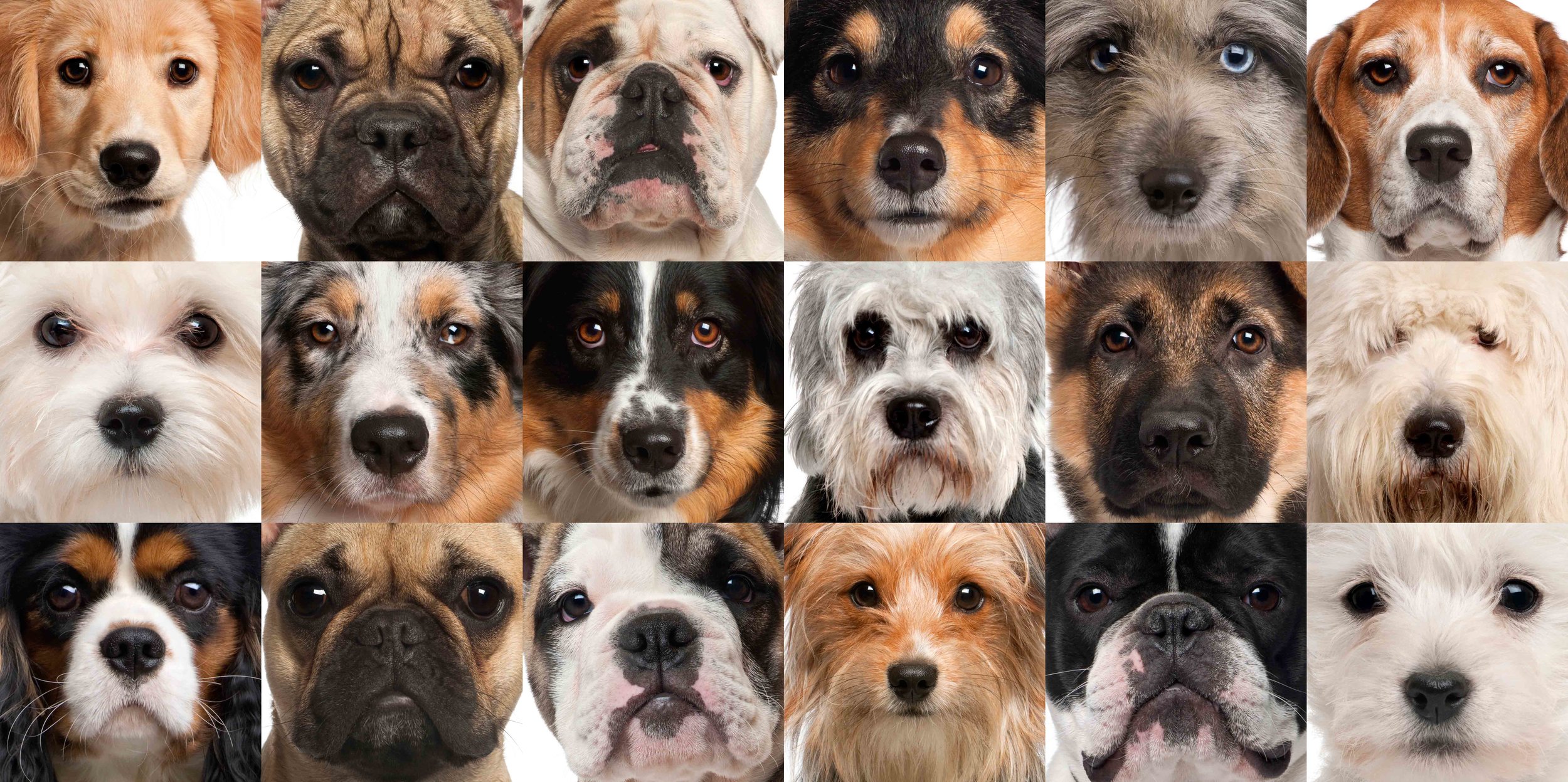War and breeding - why is this comparison even possible?
If you don’t have your health, you’ve got very little
Today the typical Persian cat has a distinct cranium and facial features. The profile and muzzle is flat. Nose short and high set. Large eyes. Forehead high and flat.
This distinctive facial type is called brachycephalic.
Several dog breeds also have this type of head. For example Pugs, English bulldog, French bulldog and the Pekingese.
These facial characteristics give cats and dogs a higher risk of various health problems - such as breathing difficulties, vulnerable/teary eyes and abnormal bite. Activities such as sleeping, eating, grooming and exercise and play can be negatively influenced. All in all, affecting health and animal welfare.
There is only our breed
When discussing these issues and the higher risks of problems with breeders of brachycephalic cats and dogs often heard arguments are:
'My cats/dogs are healthy and fine.'
'I carefully select my breeding stock.'
'Perhaps there were some problems in the past, but conscientious breeders have eliminated these.'
'If there are problems it is due to a few bad breeders - or back yard breeders'
However an important aspect in this discussion is that breeding a pedigree dog or cat is a collective endeavor.
So in the larger scheme of things - the 'my dog is healthy' or 'I am a good breeder that selects and prioritizes heath' does not matter - unless it is the majority of breeders that are like this.
Breeders tend to focus on their own dogs and cats and forget that all is connected. Over time it is the accumulation of all breeders' choices and decisions that will determine what the breed is.
So as a breeder - even if everything is top notch in ones own kennel/cattery - if one really cares about the breed, it is essential to address the overall health issues in the breed.
Basically as breeders we are not islands! The worst examples of breeding within the breed are our problems too. Especially when studbooks are closed. There are no 'my bloodlines' there are only 'our bloodlines'.
So by focusing only on ones own animals and dismissing health issues based on this, one is doing the breed as a whole and over time a great disservice.
What can you do as a breeder?
Thus as a good breeder - one will support and encourage the discussion of health issues in the breed! The tendency to reject, criticise and ridicule comments about health issues in a breed - just because it does not apply to ones own dogs/cats - is deplorable and a great disservice to the long term of pedigree breeds.
It would be SO refreshing to see breeders actually draw a line - and say 'this is not what I want OUR breed to become'. Instead of focusing energy on those that point out that all is not good and well.
A good breeder is not just about 'my puppies/kittens - this year'. A good breeder thinks about 20 years from now - about the whole breed population. And that means taking responsibility for the hereditary health issues in the breed.
Brachycephalic puppies and kittens born with breathing, sleeping, eating, grooming difficulties. Where their normal and instinctual behaviour is compromised is not ok. No matter the affected % in the breed. And it is no excuse to blame other 'bad breeders' or 'this was years ago - now good breeders have made things better'
Why has pedigree dog and cat breeding become like war, where collateral damage is deemed acceptable?
Want to know more?
Follow: Pedigree Dogs Exposed - The Blog and Universities Federation for Animal Welfare





